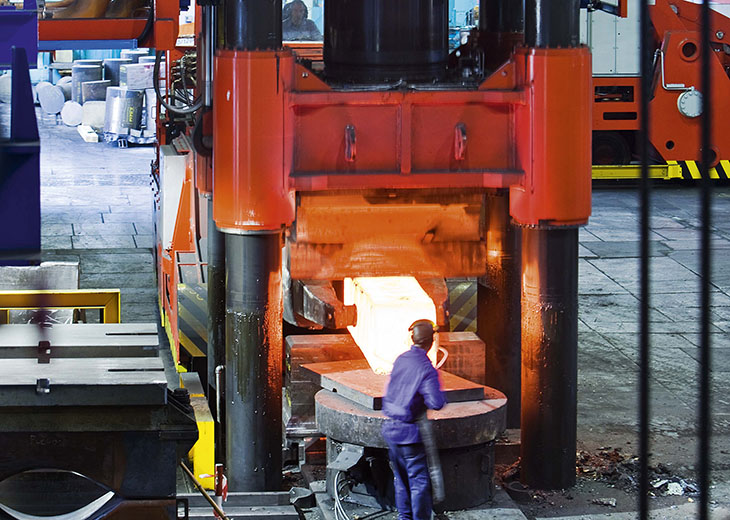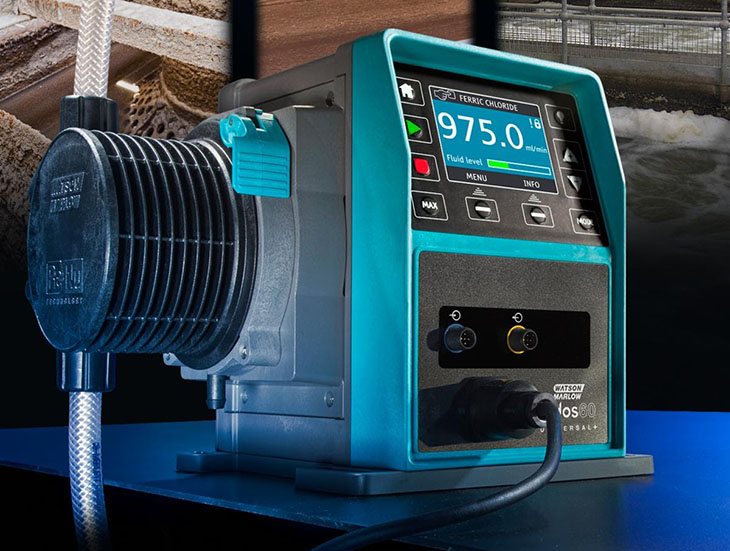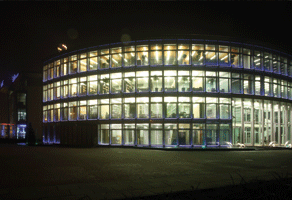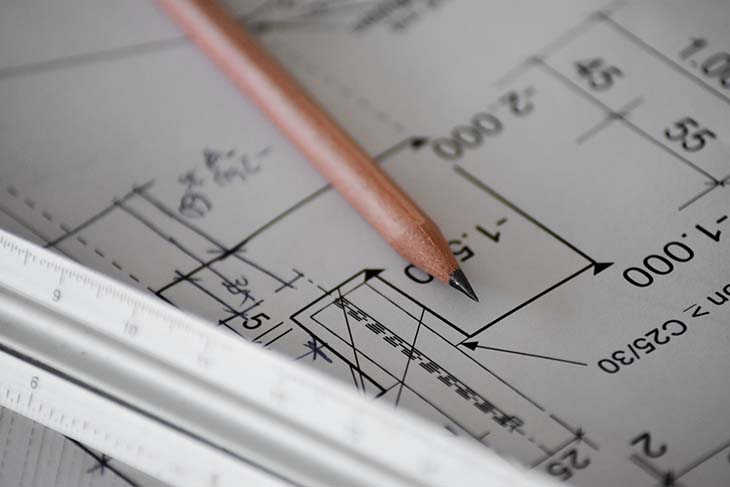Forge Fedriga, a leading name in the forging sector, has made significant strides in its development since its humble beginnings in 1960. Founded by Stefano Fedriga, the company began as a small craft workshop on the banks of the Alpine torrent Grigna. Since then, it has evolved into a major player in the world of forging, demonstrating considerable resilience and adaptability in the face of a changing industrial landscape. This article will trace the path of Forge Fedriga from its inception to its current state, focusing on its transformation, workforce development, quality control measures, product offerings, and future prospects.
When was FORGE FEDRIGA founded and could you describe the initial operations and challenges the company faced?
Forge Fedriga was established as a small artisan workshop in the sixties, founded by Stefano Fedriga, the grandfather of the current owner. It was a classic forge built on the banks of an artificial canal fed by the Grigna stream, which, thanks to the power of the hammer operated by the water wheel, produced various tools for small industry and agriculture.
How did the transition from a small artisan workshop to industrial forging happen, and what were the main changes and challenges faced during this transformation?
The transition from a small company to industrial forging occurred in 1982 with the move to the new headquarters in Cividate Camuno and with the entry of the Canini and Disetti families into the social structure. The larger available surface area allowed the installation of new machinery/plants such as powerful electropneumatic hammers to produce heavier and more complex forgings which, from the 1990s onwards, were superseded by modern hydraulic presses.
How does FORGE FEDRIGA ensure the quality of its products and workplace safety? What certifications have you obtained in this field?
Forge Fedriga pays particular attention to product quality, using technologically advanced tools and systems. The quality control report checks that all the requirements and characteristics requested by the customer are met.
The verification operations are numerous, the non-destructive checks are the first phase of inspection: dimensional, VT, UT, MT, PT, PMI. Internally, FF has an ISO EN 17025 certified laboratory to conduct mechanical tests such as: tensile tests, resilience tests, flexural tests, hardness, chemical product analysis, microstructural and macrostructural analysis, corrosion tests.
Furthermore, the Integrated Management System of Forge Fedriga has obtained certifications according to the main quality, environment, and safety standards (ISO 9001, 14001, 45001 and 50001).
What are the main application sectors of the products made by FORGE FEDRIGA and what materials do you use in forging?
The main sectors of use for FF’s forged products are: Petrochemical Industry, Oil and Gas, Civil Nuclear, Pipelines, Energy production, Industrial plants, Naval, Gas Turbine, Machinery for the food industry, Defence industry. FF’s core business is mainly related to the production of nickel alloys, Duplex and Super Duplex, stainless steels, high and low alloy steels, titanium.
How does the production process within the company occur, from the design to the realization of the forged components?
The company designs the technological production cycle based on the customer’s desired dimensions and technical specifications for the forged components. Each phase of the designed technological cycle is conducted sequentially in the respective production departments, starting from the preparation of the raw material, hot deformation through a free forging process, heat treatments, mechanical processing until the final testing of the piece.
What are the most advanced and innovative technologies used by FORGE FEDRIGA in moulding and continuous improvement of production processes?
In the last five years, Forge Fedriga has followed a precise investment plan aimed at updating the plants according to the best technologies available on the market in the free forging sector, to have an increasingly greater guarantee of obtaining and repeatability of the technical requirements in general and specifically those of the nuclear market. The new plants and machinery introduced have affected every sector from the saws, the forging press, the heat treatment up to the moulding test instrumentation. All the machinery introduced meets the requirements of industry 4.0 and therefore they are interconnected for the benefit of an improvement and control of the production process.
Can you tell us about the significant investments made in recent years?
Forge Fedriga has made a significant investment, both economic and strategic, for its heat treatment island. There are numerous factors that have allowed this decision to be taken, motivated by the need to be able to count on an innovative plant from a managerial point of view, as well as technological. A plant, therefore, capable of guaranteeing high tolerances and excellent parameters, to ensure maximum competitiveness in a highly competitive and very demanding market context.
2023 will be a year of major changes to produce forgings for Forge Fedriga; The new markets, competitiveness, the very high quality that has always characterized the company have meant that during this year the installation of a new press with a capacity of 4500 tons will be completed.
What is the role of human resources and staff training within the FORGE FEDRIGA organization?
Forge Fedriga employs more than seventy people, about half of whom work in the production departments of cutting, forging, heat treatment, and preparation of raw materials. The other half is divided into offices among sales staff, administrators, technical and quality control, and laboratory employees. Most of the operational staff have a basic school education with a metallurgical technical focus, then moving to more specialized staff in the offices such as mechanical experts, language graduates, engineers, and diploma holders. After the person has been hired by the company, a training plan for the role is planned, which will lead to the achievement of the qualifications to perform the function. Training is regularly conducted to update and improve skills.
What are the international markets where FORGE FEDRIGA is currently present and what are your future growth goals?
Internationally, Forge Fedriga mainly targets the European market, where it enjoys recognized credibility in terms of the quality and excellence of its products and the service offered. The markets served are the most critical, such as the nuclear one, for which FF provides components for valves and pumps installed in the primary cooling circuit of nuclear power plants.
Our objectives are to maintain this credibility and reliability in this type of markets and increase the volume of these supplies.
What are the main challenges that FORGE FEDRIGA must face today in the forging sector and how are you preparing to face them?
Competitiveness in terms of price is certainly the biggest challenge that FF is preparing to face for the future, both with European competitors and with the new competition now established by rapidly growing countries.
FF’s strategy is to focus more on the search for market niches where the high need for supply and the special steels involved can generate significant barriers to entry.
How does FORGE FEDRIGA keep the artisan tradition and passion for work alive within a modern industrial organization?
By their nature, forging operations require considerable human manual skills, which in the Camonica Valley come from a tradition cast in the past. The employment of local workers particularly linked to tradition, the introduction of prepared technical staff and new professional figures in the managerial field have allowed Forge Fedriga to adapt to what is required by a modern industry while maintaining an artisanal imprint.
How does environmental sustainability fit into your corporate philosophy and your daily production practices?
The company is among the first in the sector to have adopted an environmental management system certified according to ISO 14001 through which sustainability actions have been planned and conducted over the years. Forge Fedriga has utilized all available spaces for the installation of photovoltaic panels, and closely monitors the energy consumption of electrical energy and methane gas in each room and/or machinery using a precise detection system, the results of which are reported on a dashboard. All this allows to detect and eliminate inefficiencies at the root by intervening in individual processes. Issues such as waste management and differentiation are addressed and practiced at all company levels. A specific internal Health and Safety Committee has promoted initiatives that have led to participation in projects promoted by local bodies aimed at improving lifestyles such as the use of canteens and/or restaurants that provide adequate food, participation in a local project to reduce road mobility and favour alternatives such as incentives to use the bicycle to get to work.
What are the goals and ambitions of FORGE FEDRIGA for the future, both short and long term?
The ambition of FORGE FEDRIGA has always been to maintain extreme flexibility in its processes to meet the needs of customers, even the most demanding ones such as, for example, those from the nuclear sector. The most important commitment therefore remains in the involvement and continuous improvement of human resources through training entrusted to professionals in the sector. All this in the belief that it is the only way to face an increasingly complex and rapidly evolving market.






















